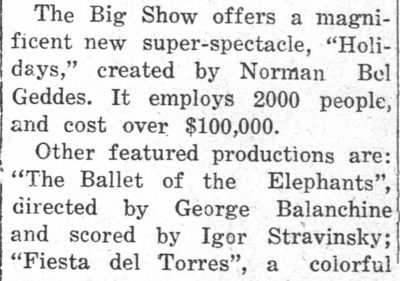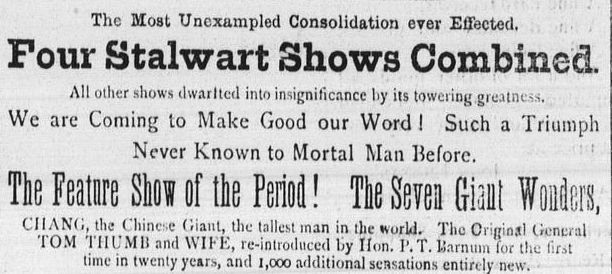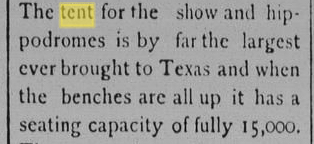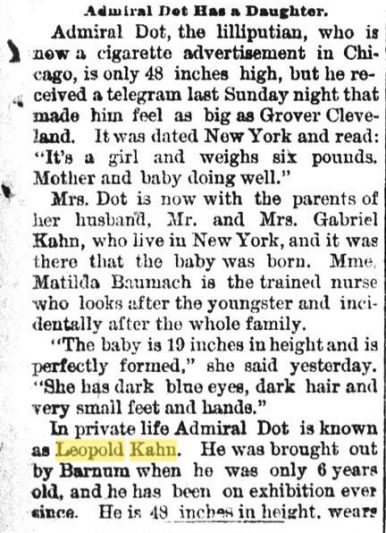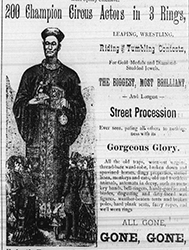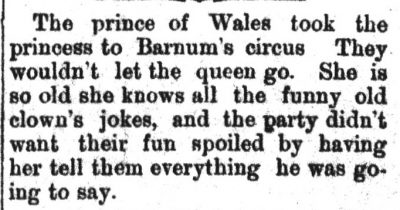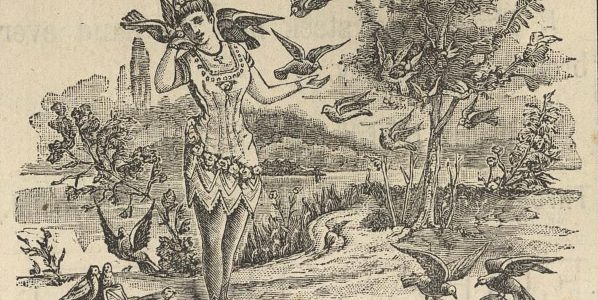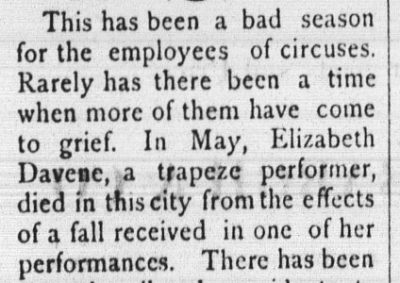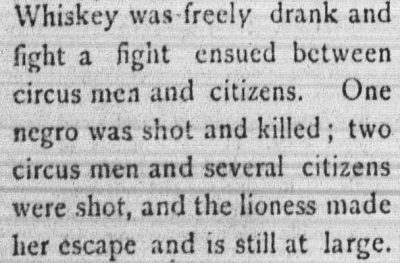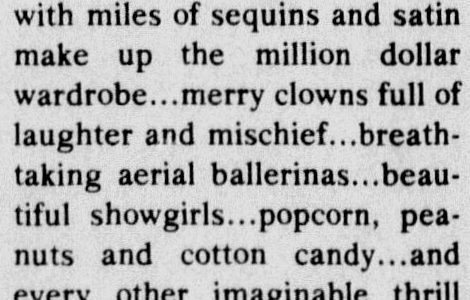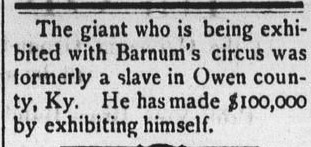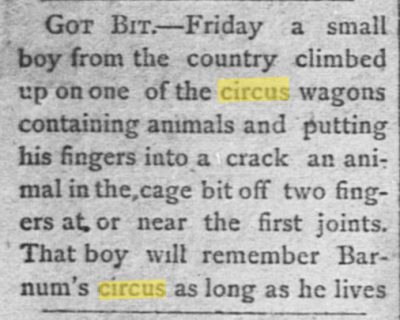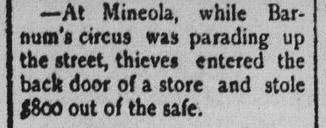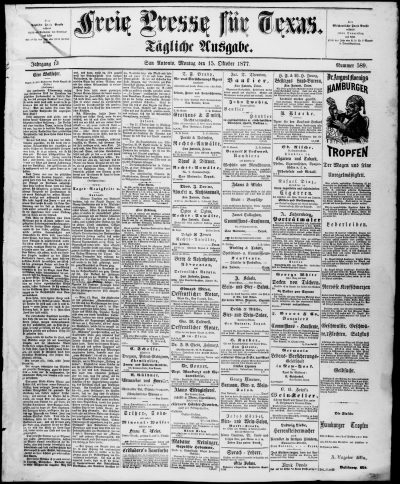 This month we are highlighting another newspaper title digitized by the UNT Libraries’ Digital Newspaper Unit for Chronicling America, the Library of Congress’s repository of historic American newspapers. The UNT Libraries have received National Digital Newspaper Program (NDNP) grants from the National Endowment for the Humanities to work with the Library of Congress in building access to historic Texas newspapers. The 2016-2018 award cycle focused on non-English newspaper content. Freie Presse für Texas is also available on the Portal to Texas History as part of the Texas Digital Newspaper Program.
This month we are highlighting another newspaper title digitized by the UNT Libraries’ Digital Newspaper Unit for Chronicling America, the Library of Congress’s repository of historic American newspapers. The UNT Libraries have received National Digital Newspaper Program (NDNP) grants from the National Endowment for the Humanities to work with the Library of Congress in building access to historic Texas newspapers. The 2016-2018 award cycle focused on non-English newspaper content. Freie Presse für Texas is also available on the Portal to Texas History as part of the Texas Digital Newspaper Program.
This essay was prepared by our Digital Newspaper Unit student assistant and recent UNT graduate, Tanya Spence, and Sarah Lynn Fisher, project coordinator for the NDNP Texas grant.
On July 15, 1865, August Siemering and Company published the first issue of Freie Presse für Texas in San Antonio, Texas. The company also founded the long-running English-language paper The San Antonio Express that same year. In 1851 Siemering emigrated from Germany and settled with roughly 100 other supporters of recent European revolutions in Sisterdale, Kendall County, Texas, where he was also involved in teaching and antislavery activism in addition to journalism (Gold 2016). The immigrants who settled in Sisterdale, known as Forty-Eighters, shared liberal political views, including support of abolition (Lich 2019). These principles were reflected in the Freie Presse’s reporting and editorials. The Freie Presse became a leading Republican paper in the Democratic South, endorsing Ulysses S. Grant for president in 1868. Along with advertisements for local San Antonio businesses, the paper covered a wide range of topics that increased its prominence and circulation, including national news, immigration concerns, and serializations of German novels and magazines. With issues printed almost entirely in German, the Freie Presse served the increasing number of German speakers in south Texas, especially San Antonio, after the Civil War (Donecker 2016).
Throughout its run, the newspaper was issued weekly, semi-weekly, tri-weekly and daily. While owned by Siemering and Company, the five-column, four-page tri-weekly paper sold for $7 per year, while the eight-page weekly paper sold for $3 with a peak circulation of 2,250 and 600, respectively, in 1876. In 1877, the Siemering sold the Express and ownership transferred to H. Schultz and Company. Seven years later, editor Robert Hanschke began managing the publishing company. In N. W. Ayer and Son’s 1893-1894 Newspaper Annual, Hanschke’s company campaigned for advertising space, claiming the Freie Presse to be “undoubtedly the largest circulation of all the German papers in the State and the best advertising medium.” In 1900, Hanschke became the President of the Texas Free Press Publishing Company and continued both the four-page daily and 16-page weekly editions of the newspaper. After a two-year suspension of publication, the daily edition was reinstated in 1916 at a cost of $6 per year. The newspaper claimed to be politically independent.
Robert G. Penniger, former cofounder of the Fredericksburg Publishing Company, bought the Texas Free Press Publishing Company in 1920 and merged the Freie Presse with the Lavaca County Nachrichten in December 1926 and the La Grange Deutsche Zeitung in June 1927 (Kohout 2019). Penniger edited the paper until his death in 1930, at which point editorial duties shifted to Gotthelf Frederick Neuhause. Due to anti-German sentiments during World War II, many German newspapers in Texas suspended publication. After a run of eighty years, the final issue of the Freie Presse was published on October 28, 1945 (Daughters of the Republic of Texas 2008).
For more information about the National Digital Newspaper Program, you can visit the NEH NDNP page.
 |
References
Daughters of the Republic of Texas Library at the Alamo. (2008, October 31). Germans in San Antonio: Freie Presse fur Texas. Retrieved from https://drtlibrary.wordpress.com/2008/10/31/germans-in-san-antonio-freie-presse-fur-texas/
Gold, E. (2016, May 6). SIEMERING, AUGUST. In Handbook of Texas Online. Retrieved from https://tshaonline.org/handbook/online/articles/fsi06
Lich, G. E. (2019, October 15). FORTY-EIGHTERS. In Handbook of Texas Online. Retrieved from https://tshaonline.org/handbook/online/articles/pnf01
Doecker, F. (2016, April 18). SAN ANTONIO FREIE PRESSE FUR TEXAS. In Handbook of Texas Online. Retrieved from https://tshaonline.org/handbook/online/articles/eeswm
Kohout, M. D. (2019, May 4). PENNIGER, ROBERT G. In Handbook of Texas Online. Retrieved from https://tshaonline.org/handbook/online/articles/fpe28


